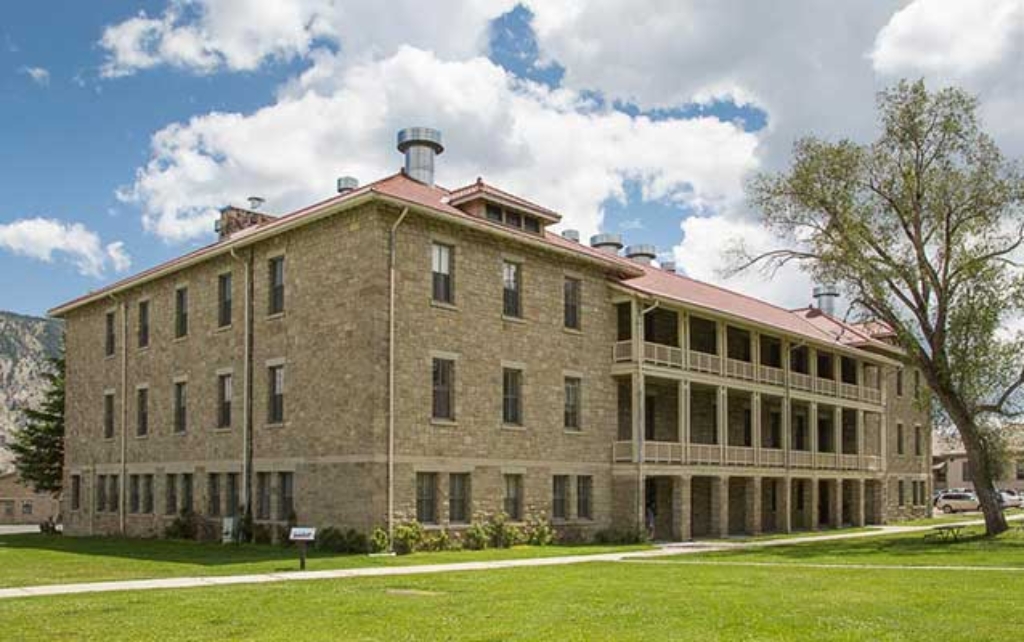
The Double Cavalry Barracks housed two cavalry troops (200 men). It is the largest building in Fort Yellowstone.
The Army protected the park and ensured access, but they could not fully satisfy the visitors' desire to learn about the park. Further, each of the 14 other national parks established in the late 1800s and early 1900s was separately administered, resulting in uneven management, inefficiency, and lack of direction.
Setting the Stage
The management of Yellowstone by the Army helped set the stage for the creation of an agency whose sole purpose was to manage the national parks. Promoters of this idea gathered support from influential journalists, railroads likely to profit from increased park tourism, and members of Congress.
In 1916 when Congress created the National Park Service, the Army turned Fort Yellowstone over to the new agency. Local resistance made this transition difficult, and the Army returned in 1917. The park was fully under National Park Service control in 1918, and the Army departed.
Fort Yellowstone is reminder of the role veterans of the US Army served in protecting and preserving Yellowstone National Park for future generations.
Is there something we missed for this itinerary?
Itineraries across USA


















































